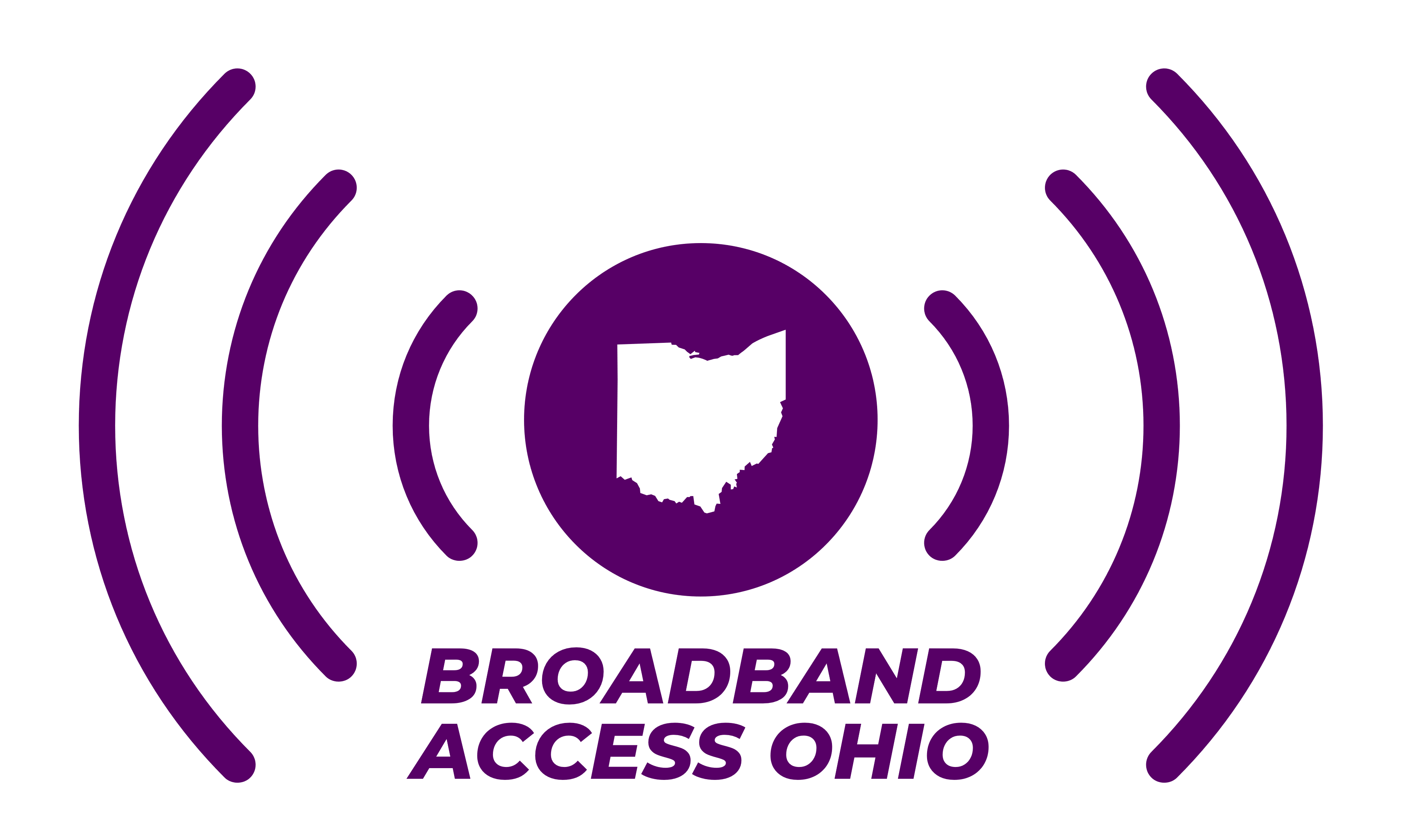More than half of eligible Columbus households not using discounted internet access
Columbus Dispatch, June 12
Eric Brown – Guest Columnist
In an increasingly connected world, access to reliable internet and digital resources has become essential. Unfortunately, a digital divide continues to persist, leaving many communities and individuals without the necessary tools to thrive in modern society. By prioritizing adoption and affordability, Columbus has emerged as an example of a city that has taken bold steps to address digital equity.
At the heart of Columbus’ efforts is the Affordable Connectivity Program (ACP), a groundbreaking, federally-funded initiative that combats the affordability gap by providing a $30 monthly discount for eligible households off of the cost of an internet subscription. Recognizing that level of income is the primary barrier keeping residents offline, the city has made a diligent effort to get as many residents enrolled in the program as possible, as is reflected by Columbus ranking 4th in the nation in metro-area enrollment.
By focusing on making internet connectivity more affordable, Columbus is empowering its citizens to fully participate in the digital world, unlocking opportunities for education, employment, health care, and more. Given that more than half of eligible Columbus households have yet to enroll in the ACP however, a continued effort must be made to increase enrollment in the program.
In addition to the ACP, Columbus has taken a proactive approach to address the issue of digital adoption, or the process by which internet users learn to use new software, apps, websites and other products to their full potential. . Columbus leaders have recognized that simply providing affordable internet access is not enough. Many individuals, particularly older residents or those whose native language is not English, may still struggle to effectively navigate and utilize online resources.
To bridge this gap, Columbus has promoted the use of Digital Navigators, trained professionals who work directly with residents to help them develop the necessary skills and confidence to use digital tools effectively. As was noted in a report earlier this year from the Franklin County Digital Equity Coalition, various Columbus-based community organizations have served as partners for Digital Navigator pilot programs, including Goodwill Columbus, the Columbus Metropolitan Library system and Columbus Rising.
This heat map provided by BroadbandOhio in 2022 shows the disparity of high-speed internet access among households in the Buckeye State. Areas with the most access are concentrated around Columbus, Cleveland and Cincinnati, its three largest cities.
Digital Navigators provide personalized assistance, guiding residents through online tasks such as applying for jobs, accessing educational resources, and enrolling in essential government services such as the ACP. By offering this hands-on support, Columbus partners are empowering residents to overcome the digital divide and become active participants in the digital economy.
There is a lot to be optimistic about when it comes to Columbus’ digital equity efforts, but we need a sustained effort and dedication to pursuing the solutions that address the key barriers fueling our community’s digital divide: affordability and adoption. In the years to come, I hope that local leaders continue to recognize this, and do not get sidetracked by the calls by some to instead focus on the construction of a duplicative, government-run broadband network, which will not only drain significant community resources but also do nothing to get more unconnected residents online given our City’s already ubiquitous broadband infrastructure.
If Columbus continues addressing its digital divide through adoption and affordability-focused solutions, there is no limit to the economic prosperity that our city can attain.
Eric Brown is the pastor of Woodland Christian Church in Columbus and holds a doctor of ministry degree from Brite Divinity School in Fort Worth ,Texas.

Recent Comments